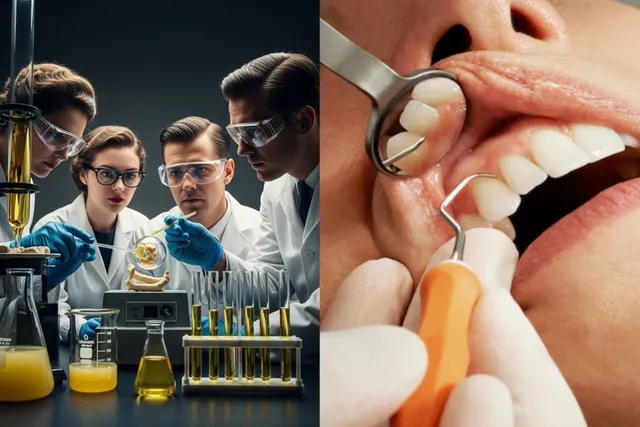Scientists have found a new use for human urine, and it’s not what you think. Researchers from the University of California, Irvine, say they’ve figured out how to convert pee into hydroxyapatite, a mineral used in dental and bone implants. The discovery could change how we treat waste and create medical materials.
As reported by NDTV, their findings were published in Nature Communications and have sparked global interest. The team worked with institutions from Japan and the US to build a synthetic yeast platform that transforms urea (from urine) into hydroxyapatite, the same compound found in tooth enamel and bones. This strange but promising idea could help both the environment and the healthcare industry.
Turning Urine Into Implant Material
The core of this innovation is a lab-made yeast system called “osteoyeast.” This special yeast breaks down urea and raises the pH level to help form hydroxyapatite. The material is already widely used in dental fillings, bone repair, and even biodegradable products.
The researchers wrote, “Inspired by the biological mechanisms of bone-forming cells, we developed a synthetic yeast platform. It uses enzymes to break down urea and boost the pH, perfect for forming bone-strengthening compounds.”
David Kisailus, professor of materials science at UC Irvine, explained the benefits. He said, “This process achieves two goals at the same time. It removes human urine from wastewater, reducing environmental pollution, and also creates a valuable medical-grade material.”
This is a first-of-its-kind discovery. While treated urine has been used for fertiliser or flushing, converting it into bone implants opens up a whole new frontier. Scientists say it’s not only sustainable but could be scaled for widespread use.
Hydroxyapatite Demand Boosts Urine’s Value
Hydroxyapatite (HAp) is in high demand, especially in the medical world. According to reports, the global market for HAp could exceed $3.5 billion by 2030, with prices reaching over $80 per kilo. That makes this low-cost recycling process highly valuable.
Researchers are also looking into combining this new urine-based HAp with 3D printing tech. “We’re working on strategies to use this yeast platform with 3D printing to build multifunctional materials,” said Kisailus.
Of course, the idea of using human urine in medicine might face public resistance. Scientists agree that safety, proper treatment, and awareness will be key for public acceptance.
Still, if the plan works, human waste could soon become life-saving material. A bizarre idea today may become a standard practice tomorrow.
